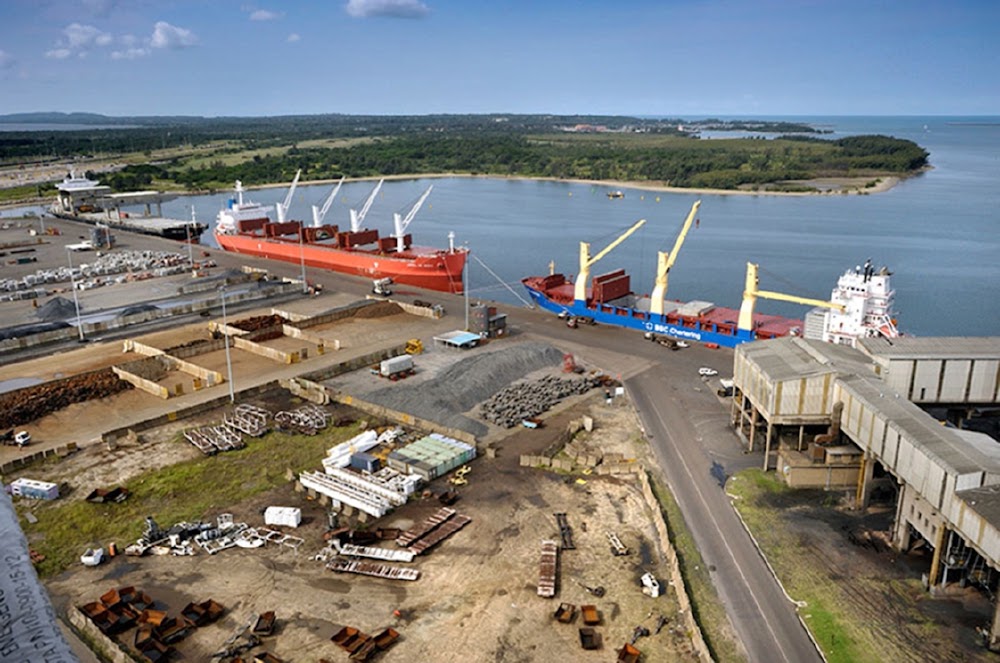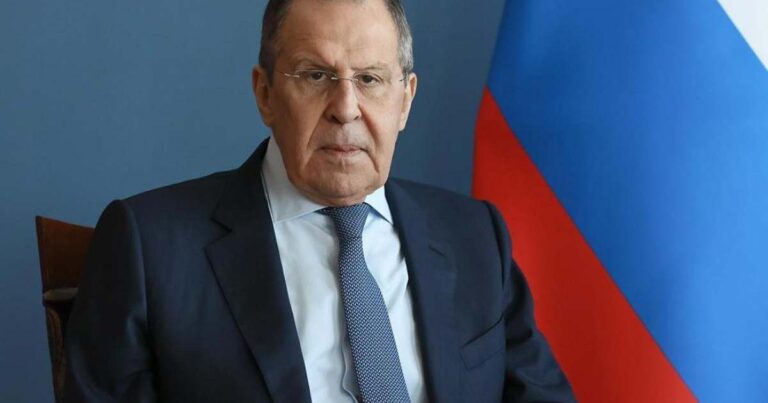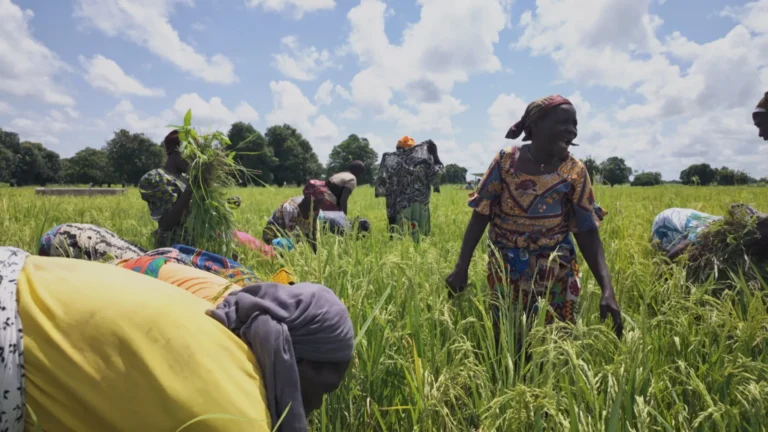South Africa secures $1.5 billion world bank loan to revive crippled infrastructure and spark growth

South Africa has secured a $1.5 billion loan from the World Bank in a decisive move to combat years of economic stagnation and failing infrastructure.
Announced on June 23, 2025, the agreement is part of an ambitious plan to overhaul the country’s energy and transport sectors—two of the most critical bottlenecks choking productivity and development.
For over a decade, Africa’s most industrialized economy has been burdened by relentless power outages, dysfunctional rail lines, and heavily congested ports.
Analysts estimate that in 2023 alone, power disruptions shaved 2% off the country’s GDP and led to the loss of 500,000 jobs.
At the same time, logistical challenges across rail and port infrastructure reduced national exports by nearly 20%.
The new funding comes at a time when the unemployment rate remains above 31%, and economic growth has averaged under 1% per year for the past decade.
Two state-owned entities—Eskom and Transnet—are at the center of the crisis.
Eskom, the national power utility, and Transnet, which manages the country’s ports and freight rail, are widely viewed as dysfunctional and in urgent need of reform.
The World Bank loan will support a trio of reforms aimed at revitalizing these sectors:
Energy Security: The government plans to restructure Eskom into separate entities for generation, transmission, and distribution.
By March 2027, the aim is to add 3,500 megawatts of new renewable energy capacity—roughly 8% of current capacity.
Freight Transport Modernization: Transnet will undergo restructuring, including the introduction of an independent economic regulator.
The reforms aim to boost rail network usage from 25% in 2023 to 65% by 2027, while enabling the entry of at least four private operators.
Energy Transition Acceleration: As part of its climate commitments, South Africa is steering toward a low-carbon economy while pledging to protect communities impacted by the shift.
According to the World Bank, these reforms could raise GDP growth by 2 to 3% in the medium term and generate 250,000 jobs by 2027—with the potential for that figure to double by the early 2030s.
For a nation long trapped in an infrastructure-induced economic gridlock, the deal represents more than financial assistance—it marks a turning point in South Africa’s quest for sustainable growth and social recovery.



